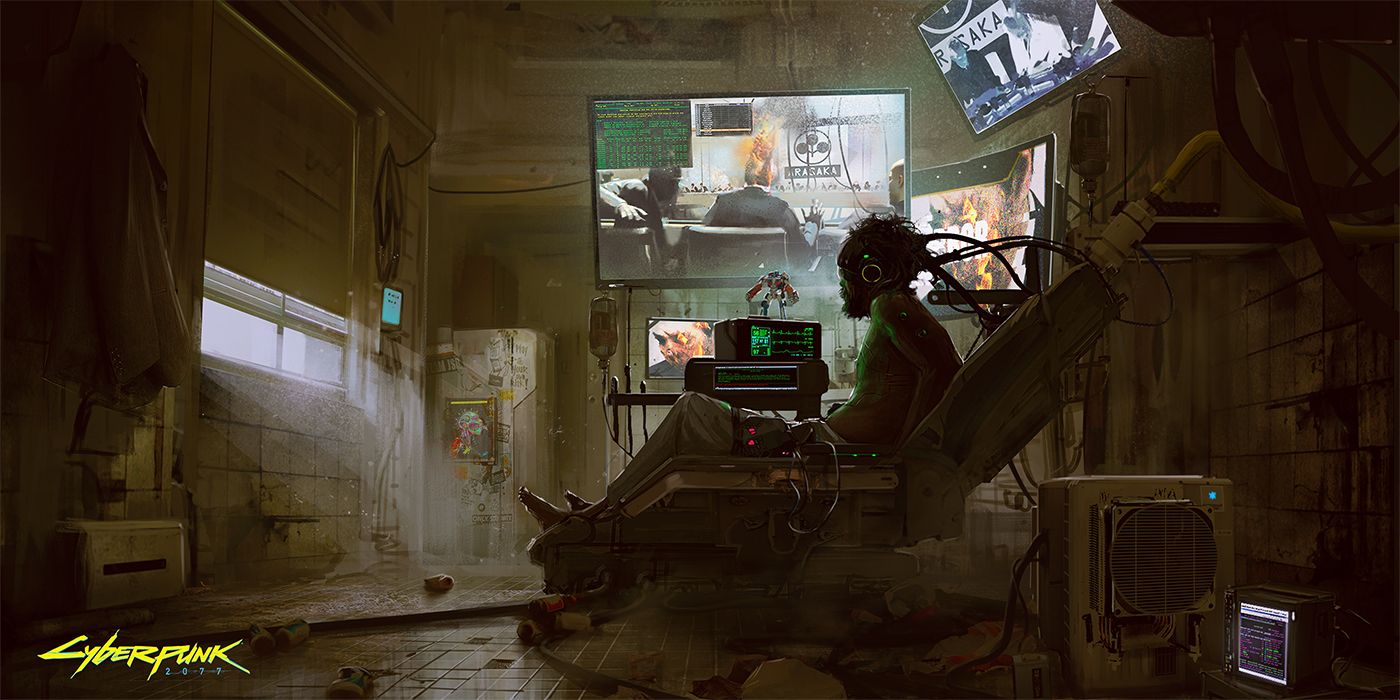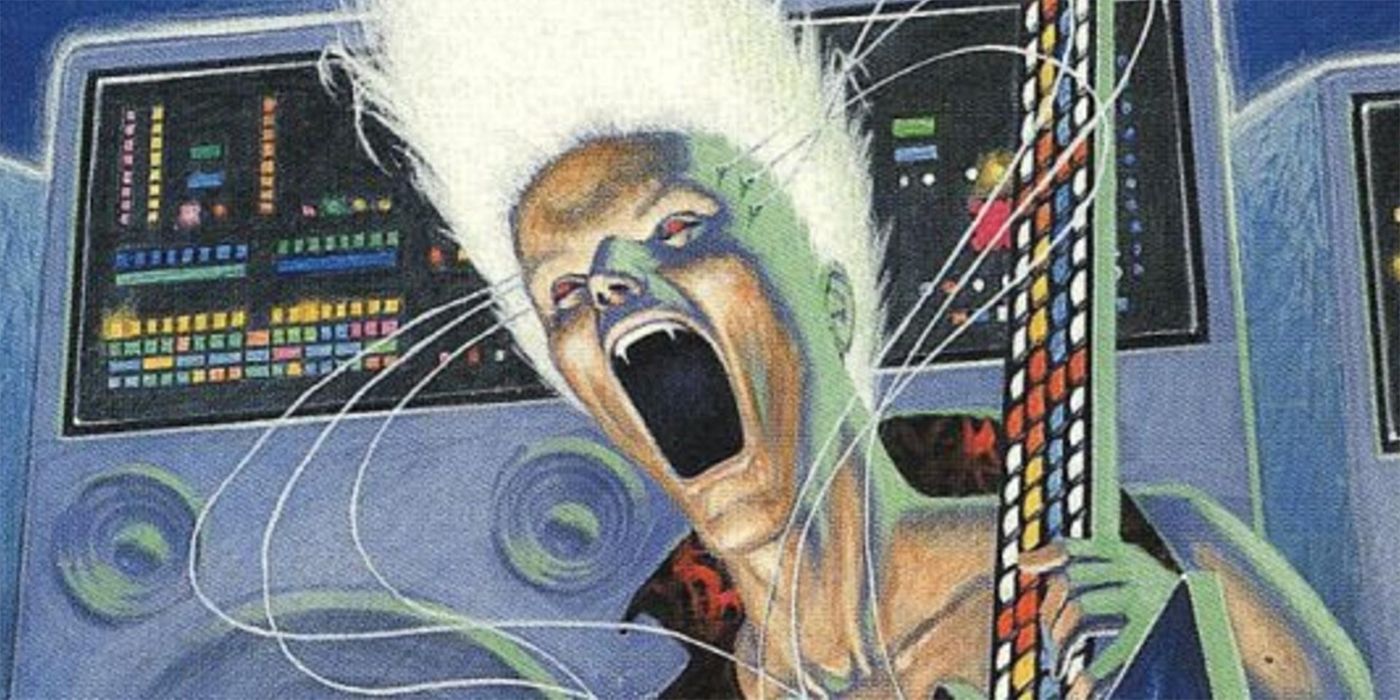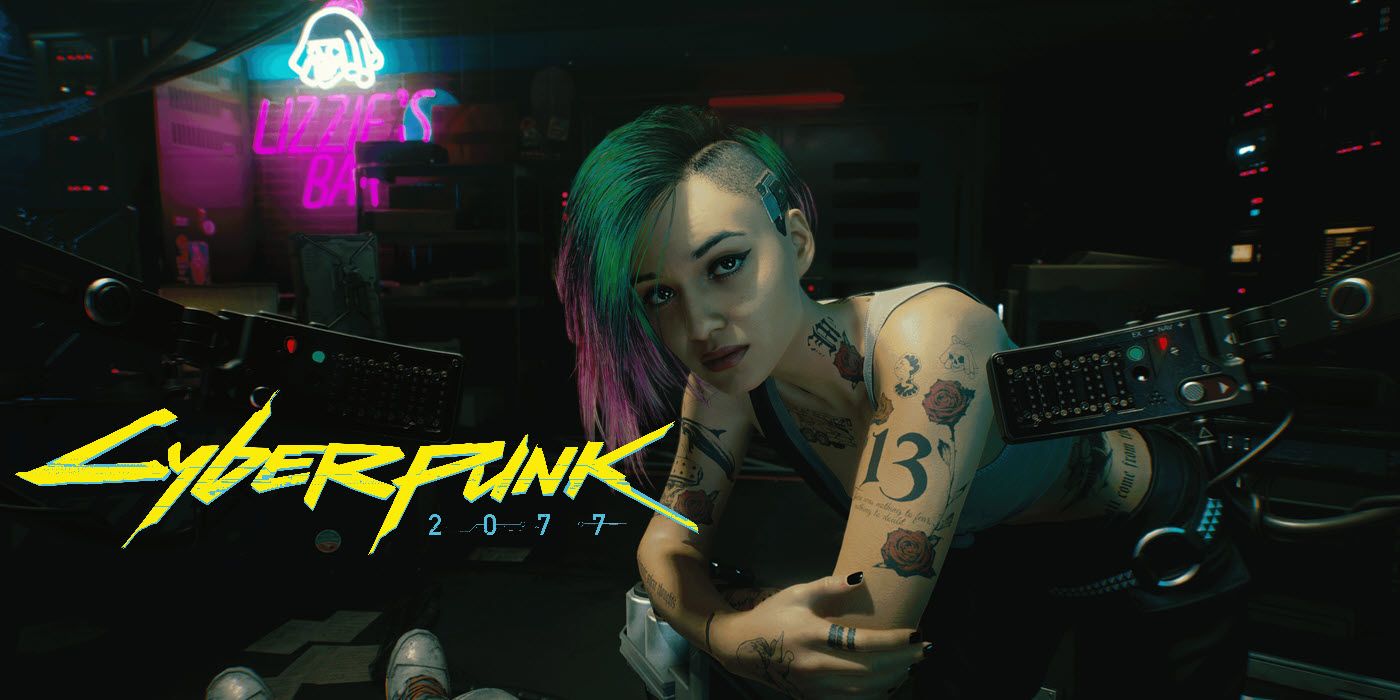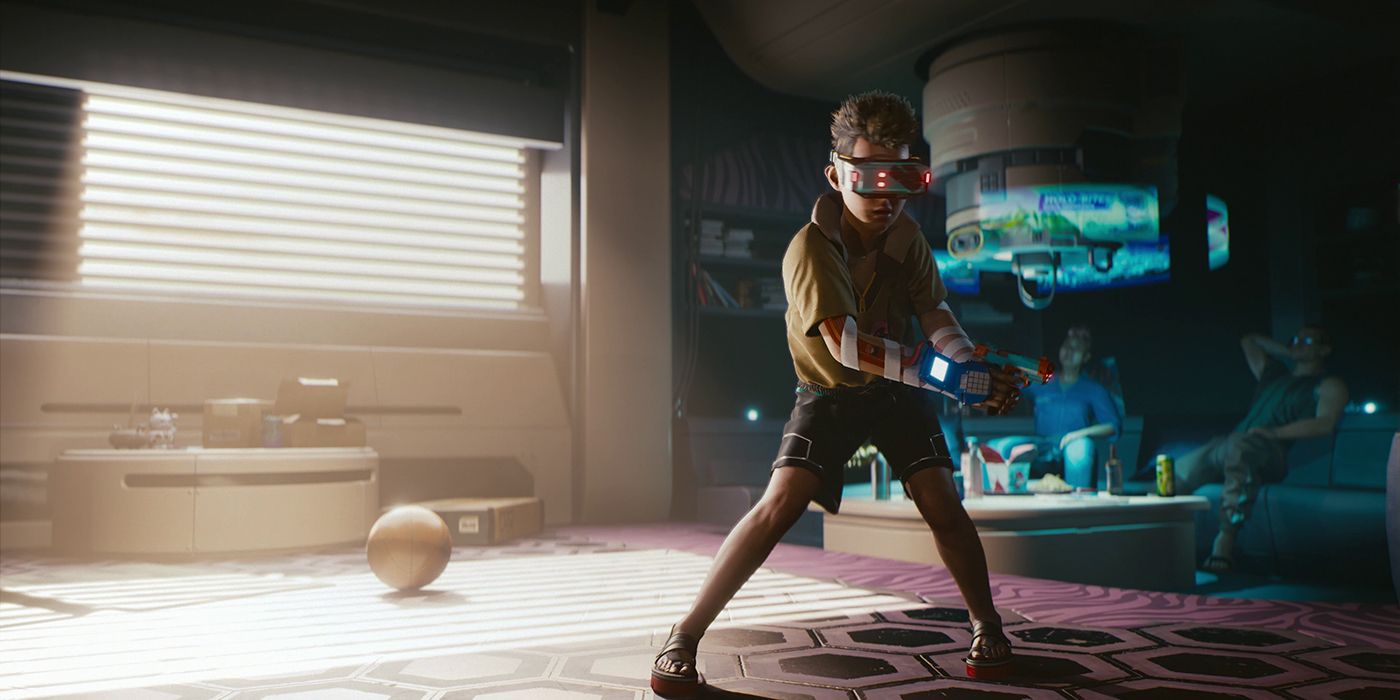During the Night City Wire presentation for Cyberpunk 2077, among the gameplay announcements was a new section of the game called Braindance Editing. While the developers hinted at it after the reveal, "Braindance" is actually a concept that exists in Cyberpunk lore already. The Braindance is an immersive simulation of the events another person witnesses, feels, and remembers in their life that's recorded in the brain.
The Netrunner interface and other cybersystems have been shown off by Cyberpunk 2077 previously, but the Night City Wire was the first time showing Braindance in the game specifically. While the version in the game that players will utilize doesn't fully represent the general public's use of the technology, it does largely adhere to the original Cyberpunk lore of braindance technology.
The Lore of Braindance
The Braindance in original Cyberpunk lore very closely matches how the technology is depicted in Cyberpunk 2077, but in a very different context and manner. The braindance for average people in Cyberpunk lore is more often used as an enhanced virtual reality simulation, rather than an investigative tool as V uses it. Braindance functions more as another form of mass media, used to simulate the real-life events of another person vividly within the braindance user's body. Simulations in braindance record and display visuals as seen by the person's sight, emulates physical stimuli and muscle movements, as well as invokes emotions that the particular person felt in that moment, but within the braindance user's brain instead. It's essentially a full-body experience that simulates another person's memories neurologically.
In their official form, braindances are edited and managed by corporations and sold to the general public as forms of entertainment. Basically how in real-life how people can search up YouTube videos for instructions or watch Netflix for documentaries, people in Cyberpunk lore can typically use braindances to learn new things more efficiently or experience historical events pseudo-firsthand. Braindances can also be used as a form of emotional therapy. But braindances can also be recorded and acquired illegally using the black market, which can be very dangerous for viewers, especially if it's a "flatline" braindance (source person dies during braindance recording).
Braindancing in 2077
This particular brand of illegal braindance is exactly what's explored during Cyberpunk 2077's Night City Wire presentation. In the context of the game, V a.k.a the player views a braindance from a murdered NPC to determine the cause of their death. This particular form of braindance is highly illegal for a few reasons. If the owner of the braindance recording is killed, the intense neurological sensation of pain/death can be transferred to the viewer of the braindance, which can indirectly kill them as well. Additionally, mass produced braindances are mostly positive experiences designed to be shared with the general populace. Despite the braindance's ability to simulate real life as accurately as possible, most publicly available braindance recordings are heavily edited for content.
Players will likely be able to utilize braindances in both contexts, but the story-centric gameplay will likely utilize this technology for utilitarian purposes. The demo showing off braindance mostly functioned like Detective Mode from the Arkham series, using it to understand the death of a thug and what purpose his crime served. That doesn't necessarily mean players won't be able to casually use braindances for other means, ranging from entertainment to more "adult fare" as well.
How 2077's Braindance Compares to Lore
The Braindance lore was initially included in the second edition of the Cyberpunk tabletop game, Cyberpunk 2020. Compared to the lore, braindance in Cyberpunk 2077 is actually quite accurate. Like much of Cyberpunk 2077, there's a clear desire from developers to stay as accurate to the Cyberpunk source material as possible. The developers even mentioned the UC Santa Cruz origins of braindance, where in the lore that technology was developed by the university's research department by graduate student Yuriko Sujimoto. In the original Cyberpunk lore, braindance was first used as a method of psychological penal reform, allowing criminals to essentially "recondition" their brains to be averse to crime. From there the technology was more widely adopted by other prisons, and eventually expanded beyond penal reform.
Cyberpunk 2077 is largely faithful to the lore of braindance, adhering to the major story beats with great accuracy. While the actual "XBD" and "Flatliner" concepts are a product of CD Projekt Red's development team, these concepts largely follow some of the more nefarious tidbits of braindance lore referenced in the Cyberpunk source material. This is yet again another example of Cyberpunk 2077 understanding and respecting its source material with care. While Cyberpunk 2077 will likely have a more utilitarian usage of the braindance technology, it may be possible to use the technology in its more publicly acceptable form as a side activity.
Cyberpunk 2077 launches on November 19 for PC, PS4, Stadia, and Xbox One.




